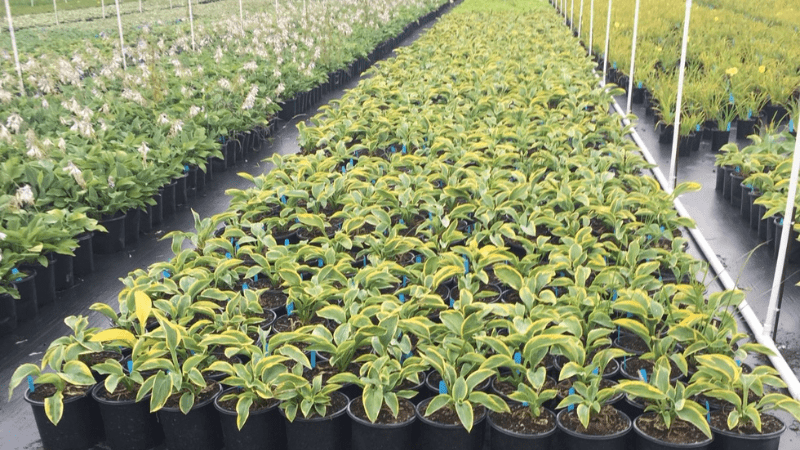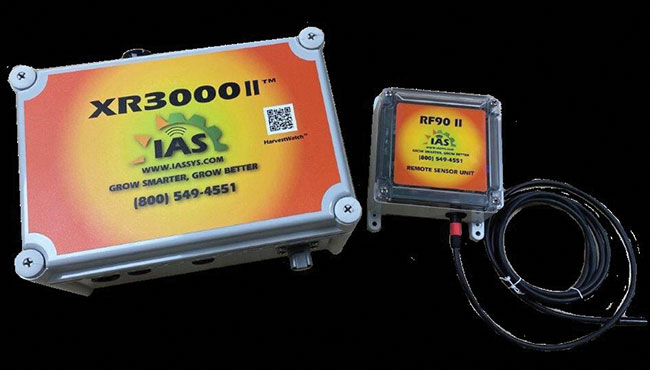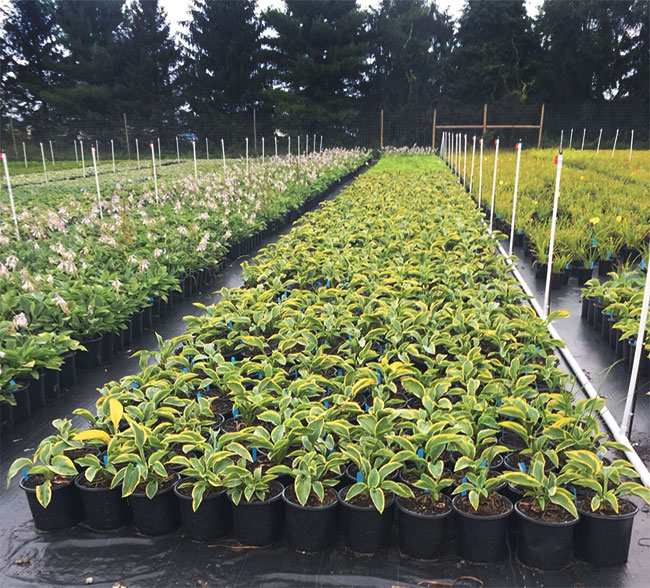
Irrigating with technology
Well-designed irrigation systems can help increase efficiencies in greenhouses and nurseries with labor savings and optimizing water delivery for plant growth. Automation provides a systematic and reliable way of delivering water while pairing irrigation with the right controller, enhancing labor savings. Irrigation systems allow growers precise control over the amount of water each plant receives. This precision helps to optimize water usage, prevents water waste and ensures plants get optimal hydration for healthy growth.
Members of Griffin’s irrigation team and I were able to discuss how irrigation is evolving with technology and what growers should be on the lookout for.
What new technology is coming for irrigation systems?
Modern systems use sensors and automation to customize watering schedules based on factors like soil moisture levels in the root zone or humidity inside the greenhouse. “There are many controllers entering the horticulture market in 2024 with features or sensors that were not available before, like the IAS controller that uses cell signal instead of ethernet or Wi-Fi. This allows growers to communicate with valves in the back field with fewer initial install expenses,” said Mandi Maloney, special projects manager for irrigation at Griffin.

What should growers consider when installing or updating their irrigation systems?
Growers benefit from irrigation systems that maintain consistent moisture levels in the soil, said the team. This helps create an optimal growing environment, as variations in soil moisture can lead to plant stress and negatively affect development. Consistent moisture contributes to uniform plant growth and flowering. “Moisture management is a powerful cultural tool all growers need in their arsenal for maintaining a healthy root system and preventing nutritional issues,” said George Grant, GGSPro.
Automated irrigation systems, such as drip or sprinkler systems, are designed to minimize water and nutrient waste by delivering water directly to the root zone, which reduces evaporation and runoff. This is especially important in greenhouse cultivation, where resource management is essential for sustainability.
 How do irrigation systems impact labor?
How do irrigation systems impact labor?
Growers can save time and labor by employing irrigation systems. “Labor is and will continue to be one of the largest challenges all greenhouses face. Irrigation systems are the ‘low-hanging fruit’ to automate the workforce and get consistent quality results. Setups can be simple and inexpensive, while the return on investment is robust. Plus, irrigation systems don’t take vacation,” said John Hyslip, managing director at Griffin.
Irrigation systems are indispensable tools for greenhouse growers who need to increase efficiency and productivity in their operation. By providing precision, consistency, resource efficiency and customizable solutions, these systems help create better growing conditions and result in healthier and plentiful blooms. Greenhouse cultivation is likely to benefit from even more sophisticated and efficient irrigation solutions as technology continues to advance.


 Video Library
Video Library 




















